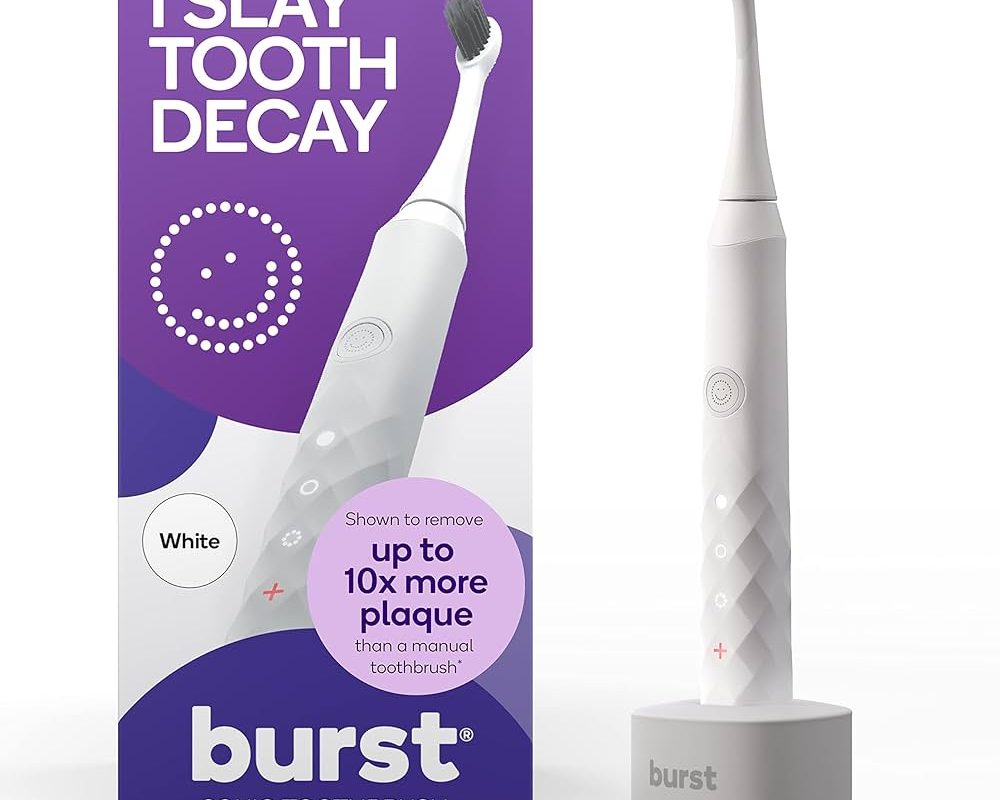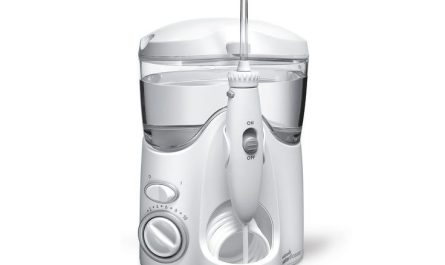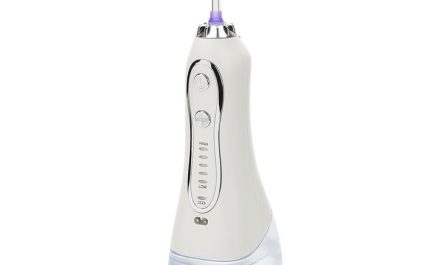Introduction:
Electric toothbrushes have gained popularity for their ability to provide effective and efficient plaque removal. While they offer numerous benefits, it is important to consider any potential side effects that may arise from their use. In this guide, we will explore the possible side effects of electric toothbrushes, providing information on each aspect and highlighting the necessary precautions to ensure a safe and comfortable brushing experience. By understanding and addressing these potential side effects, individuals can make informed decisions about incorporating electric toothbrushes into their oral care routine.
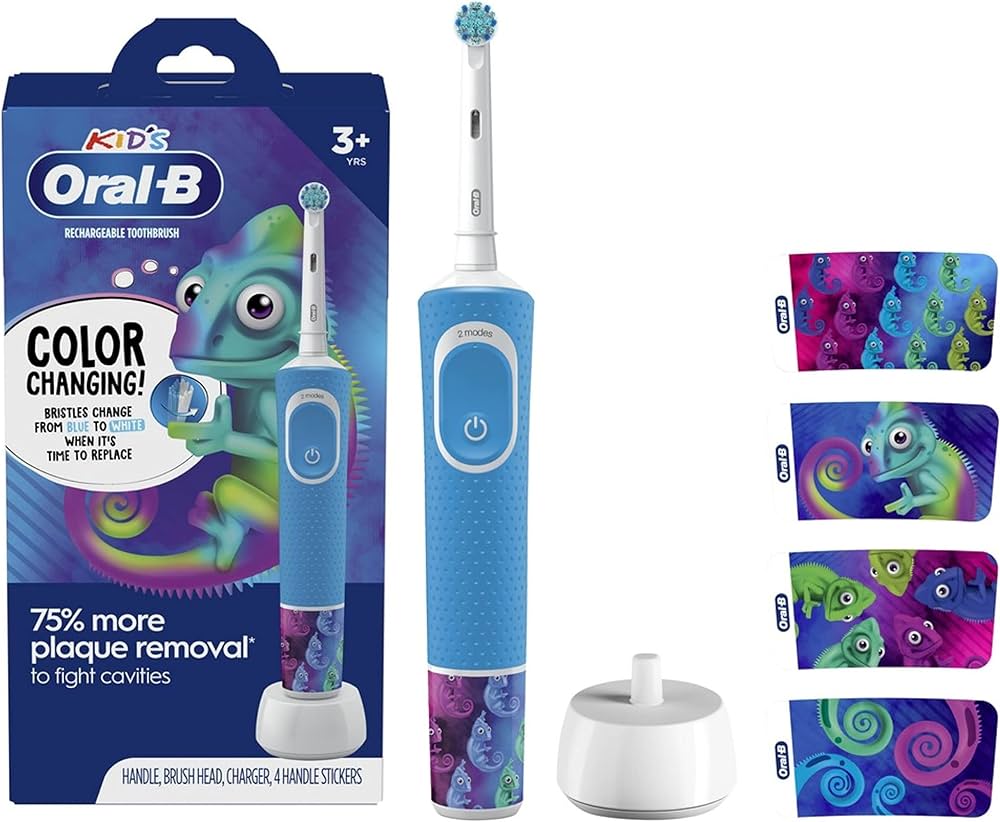
Are there side effects to electric toothbrushes?
Gum Irritation:
One potential side effect of using an electric toothbrush is gum irritation. The rapid movements and vibrations of the brush head may cause temporary discomfort or sensitivity in the gums, especially if excessive pressure is applied during brushing. This irritation may manifest as redness, soreness, or swelling in the gum tissue.
Precautions:
Use a gentle brushing technique: Avoid applying excessive pressure to the teeth and gums. Allow the electric toothbrush to do the work, and move the brush head slowly and gently across the teeth and gumline.
Opt for a toothbrush with a pressure sensor: Some electric toothbrush models, such as the Oral-B 1500, have built-in pressure sensors that alert users when they are applying too much pressure. This feature helps prevent gum irritation by promoting a gentle brushing technique.
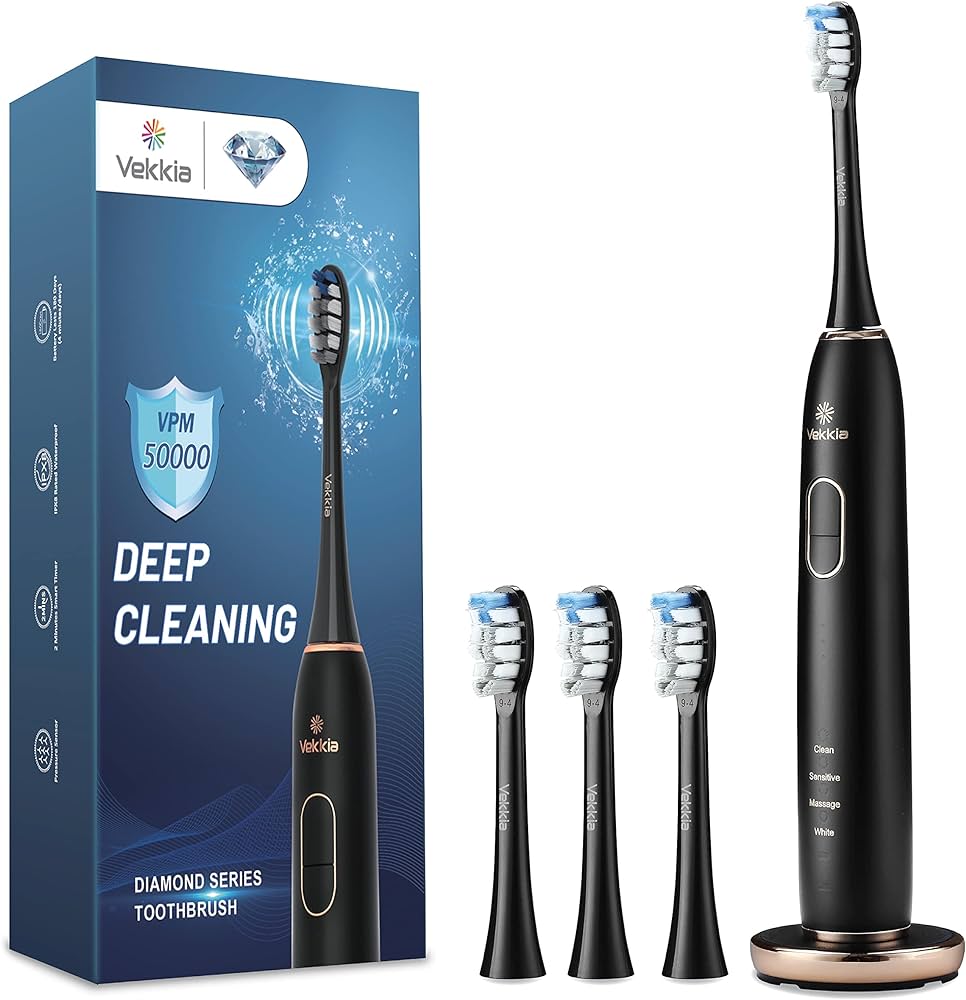
Tooth Sensitivity:
Individuals with existing tooth sensitivity may experience an increase in sensitivity when using an electric toothbrush. The vibrations and movements of the brush head may temporarily exacerbate tooth sensitivity, causing discomfort or pain.
Precautions:
Use a toothbrush specifically designed for sensitive teeth: Both Oral-B and Sonicare offer brush heads specifically designed for individuals with sensitive teeth. These brush heads have softer bristles and gentler cleaning actions, reducing the risk of tooth sensitivity.
Enamel Erosion:
Enamel erosion can occur with improper brushing technique or excessive pressure, regardless of whether a manual or electric toothbrush is used. However, the rapid movements and vibrations of an electric toothbrush may pose a higher risk of enamel erosion if used incorrectly or with excessive force.
Precautions:
Maintain a gentle brushing technique: Avoid vigorous scrubbing or applying excessive pressure to the teeth. Allow the brush head to glide gently across the teeth and gumline, letting the bristles do the work.
Follow the guidance of dental professionals: Consult with a dentist or dental hygienist to ensure you are using the appropriate brushing technique and receiving personalized recommendations for maintaining optimal oral health.
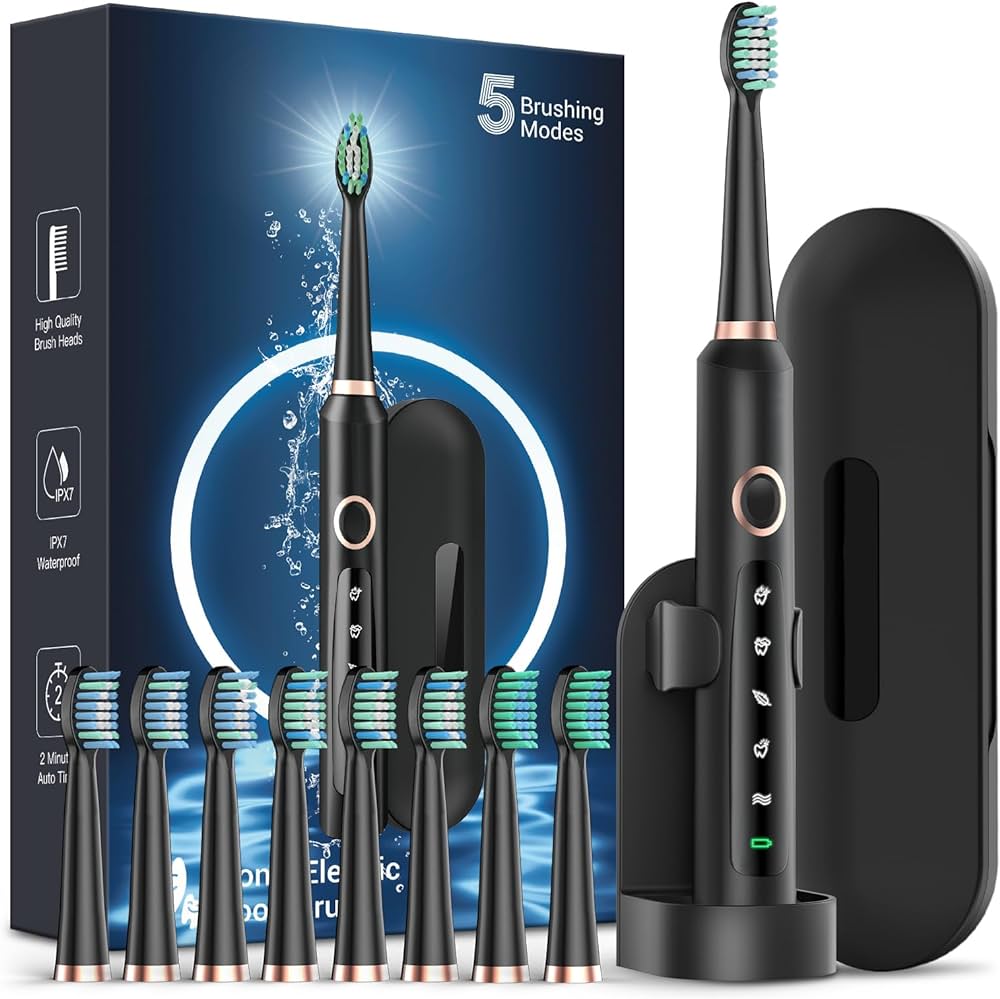
Electric toothbrushes rely on batteries for operation, and there may be potential side effects related to their usage. These can include short battery life, battery failure, or difficulty in replacing batteries.
Precautions:
Follow the manufacturer’s instructions: Adhere to the instructions provided by the manufacturer for charging, battery replacement, and overall maintenance of the electric toothbrush.
Choose a rechargeable electric toothbrush: Rechargeable electric toothbrushes, such as the Oral-B 1500, eliminate the need for frequent battery replacements. They are more convenient and cost-effective in the long run.
Noise and Vibration:
Electric toothbrushes generate noise and vibrations during operation, which may cause discomfort for some individuals. The level of noise and vibration can vary between different brands and models.
Precautions:
Choose a toothbrush with adjustable settings: Some electric toothbrushes offer adjustable settings for intensity, allowing users to customize the vibration levels. This feature can help individuals find a comfortable balance between effective cleaning and reduced noise or vibration.
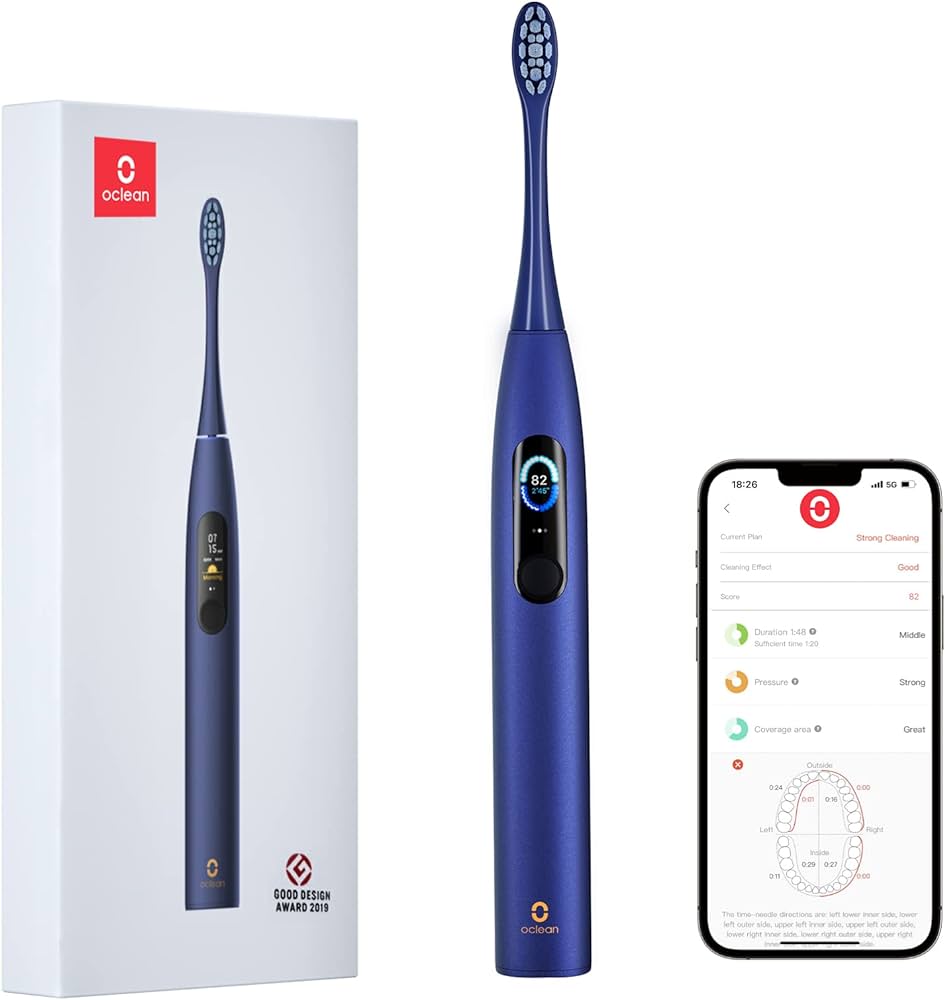
Oral Tissue Trauma:
In rare cases, the rapid movements and vibrations of an electric toothbrush may cause oral tissue trauma.
Precautions:
Be cautious and attentive during brushing: Pay attention to the movements of the electric toothbrush and ensure that the brush head remains in contact with the teeth and gumline. Avoid excessive movements that may cause accidental contact with sensitive oral tissues.
Risk of Contamination:
Proper maintenance and cleaning of electric toothbrushes are crucial to prevent the growth of bacteria or mold on the brush head. Failure to maintain hygiene practices can lead to potential contamination and oral health risks.
Precautions:
Rinse the brush head thoroughly after each use: Rinse the brush head under running water to remove toothpaste residue and debris.
Allow the brush head to air dry: Shake off excess water and allow the brush head to air dry between uses.
Replace brush heads regularly: Follow the manufacturer’s recommendations for replacing brush heads. Typically, brush heads should be replaced every three months or as advised by dental professionals.
Adapting to Electric Toothbrushes:
Some individuals may experience an adjustment period when transitioning from a manual toothbrush to an electric toothbrush. This may involve getting used to the vibrations, movements, and overall feel of the electric toothbrush.
Precautions:
Start with a lower intensity setting: If the electric toothbrush offers adjustable settings, begin with a lower intensity and gradually increase it as you become more accustomed to the sensation.
Allow time for adaptation: Give yourself a few days or weeks to adapt to the new brushing experience. With consistent use, the unfamiliar sensations should become more comfortable over time.
Additional Tips for Safe and Effective Electric Toothbrush Use:
In addition to the precautions mentioned above, there are several other tips to ensure safe and effective use of electric toothbrushes:
a) Regularly sanitize the brush head: To further prevent the buildup of bacteria or mold, consider using a UV sanitizer specifically designed for electric toothbrush heads. This extra step can provide added peace of mind regarding hygiene.
b) Replace brush heads as recommended: Follow the manufacturer’s guidelines for replacing brush heads. Over time, brush heads become less effective in removing plaque and bacteria. Regular replacement ensures optimal cleaning performance.
c) Take care of the handle: Properly clean and maintain the handle of the electric toothbrush. Avoid submerging it in water and clean it with a damp cloth to prevent damage or electrical malfunctions.
d) Seek professional guidance: Consulting with a dental professional can help address any specific concerns or questions you may have about using an electric toothbrush. They can provide tailored advice based on your individual oral health needs.
e) Monitor children’s use: If children are using electric toothbrushes, adult supervision is essential to ensure they brush properly and safely. Teach them the appropriate brushing technique and guide them in using the electric toothbrush until they can do it independently.
f) Inform your dentist: When visiting your dentist for regular check-ups, inform them that you are using an electric toothbrush. They can assess the effectiveness of your brushing technique and offer personalized recommendations if necessary.
g) Store properly: Store the electric toothbrush in a clean and dry area to prevent the growth of bacteria or mold. Avoid sharing toothbrushes to minimize the risk of cross-contamination.
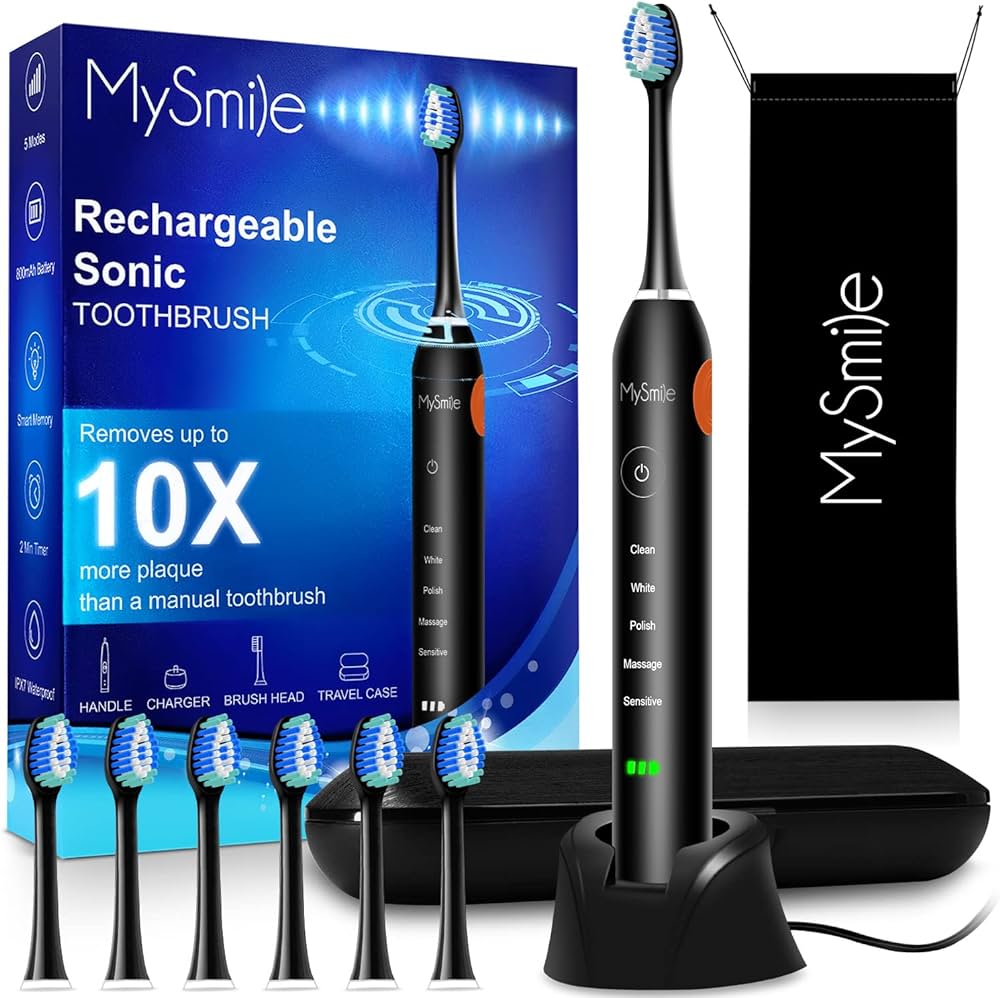
Conclusion:
While electric toothbrushes offer numerous benefits for oral health, it is important to be aware of potential side effects that may arise. Gum irritation, tooth sensitivity, enamel erosion, battery-related issues, noise and vibration, oral tissue trauma, and the risk of contamination are among the potential side effects that individuals should consider.
By following proper brushing techniques, using the appropriate brush heads, maintaining oral hygiene practices, and seeking guidance from dental professionals, individuals can minimize the risk of side effects and ensure a safe and comfortable brushing experience with electric toothbrushes.

